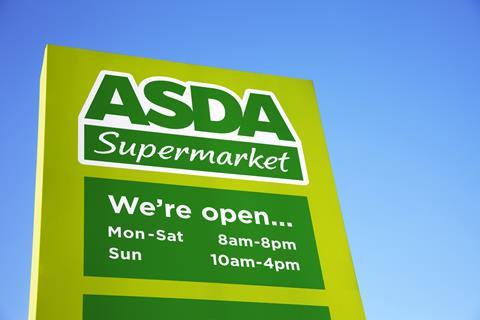
Make no mistake: we’re about to enter a second wave of the cost of living crisis. Grocery prices will lead the way as the government pursues policies to tax companies whilst stealthily hitting workers in the pocket.
At every turn there is an inflationary pressure: tariffs, a national food strategy, EPR packaging tax, DRS chaos. Whatever change shoppers thought they might pick up from the new National Insurance threshold will be eclipsed by inflation of 5% by autumn – a rate that is set to hit 8% in food.
Business has no alternative but to shed jobs and reduce costs. Asda and Morrisons are ahead of the curve here, but in doing so, they risk losing their essential differentiators in the marketplace.
Asda’s Rollback
Asda’s ‘death by a thousand cuts’ strategy under Allan Leighton is a desperate dice-roll. This ought to be a great time to hit the price message but, reading behind the headlines, I believe this is a hit-and-hope with little chance of working.
Respect to his turnaround of Asda in the late nineties, but you can’t just brush off the market changes that have taken place since. Back then, the discounters had barely launched in the UK. Now, Aldi and Lidl command 19% share of grocery – and alternate leading growth rates.
Their store opening plans continue, and they can be expected to reach 30% share of grocery in the UK before even considering a change in strategy. As the CMA now moves to allow store openings in existing catchment areas, the discounters will target Asda even more.
Discounters have overcome private-label stigma and list brands where they need them. So on price, Rollback simply won’t work now. This point is dismissed by Leighton, who insists Aldi and Lidl would not have grown so fast if Asda had held true to its values. The chicken and the egg are being confused here. Asda could not hold onto its proposition through the noughties because of the discounter growth – it simply lost its market position.
Aldi price match
I do agree with scrapping Aldi Price Match. The scheme was always a capitulation to Aldi and simply advertised its offering.
Dodgy like-for-like product comparisons have recently been exposed. What’s more, Aldi has toyed with Tesco’s scheme by dropping the price of lines in stages, until Tesco has had no choice but to withdraw them from its price match – proving it can’t actually match Aldi anyway.
Leighton’s reason to believe that Asda has a circa 7% lower rsp versus the majors. This, however, still leaves a 7% gap down to the discounters, which will toy with Rollback too. Just sit back and watch the sport.
Stealing shoppers from majors is a hope, but if they drive past Tesco or Sainsbury’s for 7% lower prices, why stop at Asda? Aldi is likely close by, with an extra 7% off.
Meanwhile, Asda is removing 6,000 lines from its range in a bid to drive greater focus. I predict that range will bounce straight back up to 30,000 SKUs – not to the smart range category builders, but to the highest bidder. Struggling retailers prostitute their space for listing fees and other such ‘investments’. The space in Asda stores will be irresistible, and so will be the accompanying fees.
TDR Capital, which holds 67.5% of Asda, has been warned to expect profit decline before recovery. I can see the first part of this happening, but not the second.
David Sables is the CEO of Sentinel Management Consultants







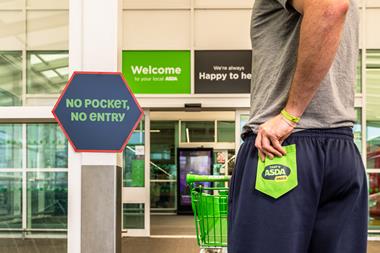

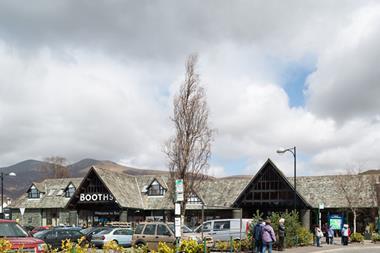

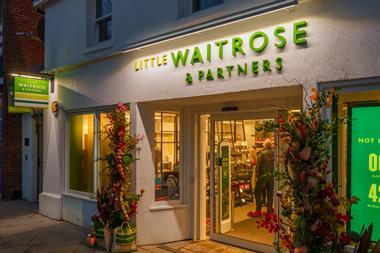




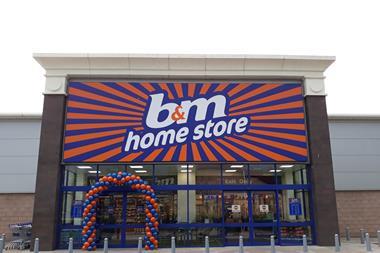
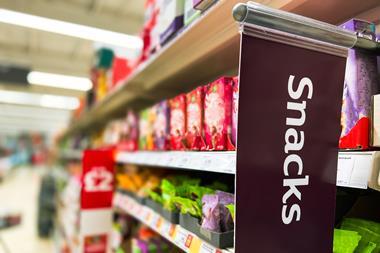



















No comments yet